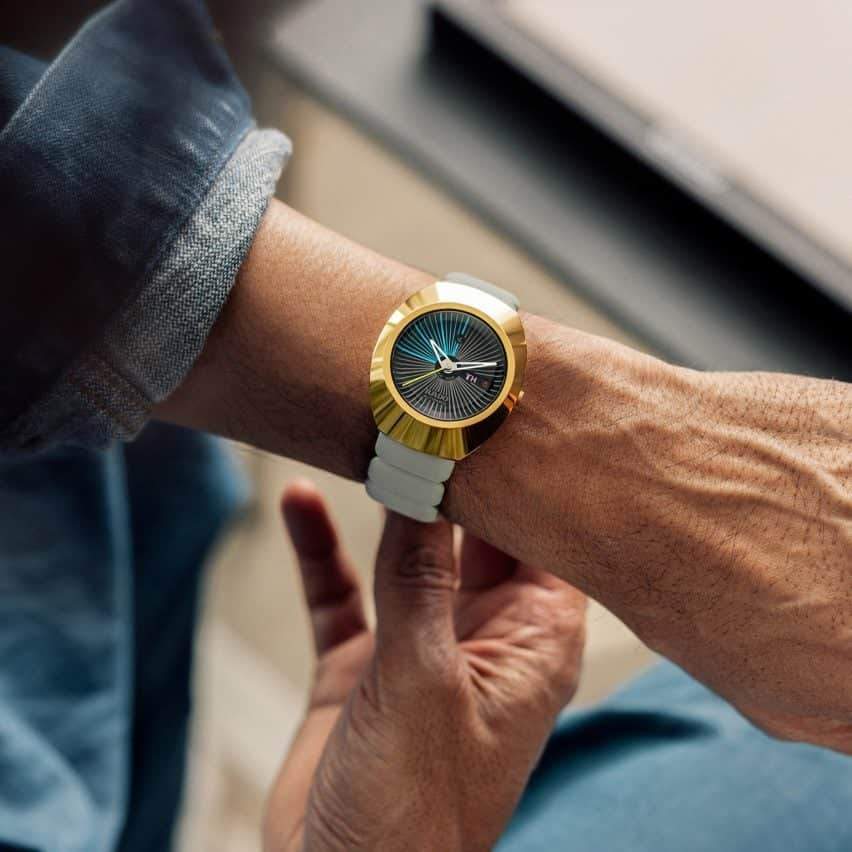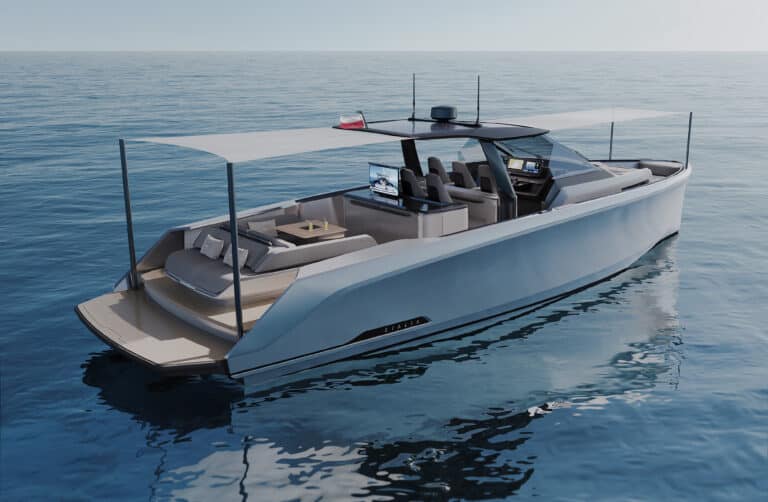Coffee Waste Furniture Reimagines Korean Sustainability
A material-led collection transforms coffee grounds into sculptural furniture
Emerging from the themes of regenerative materials and ecological design, the Unsleepy series by Korean designer CHanhyeok Kim transforms waste—specifically spent coffee grounds—into functional, sculptural objects. This bold example of coffee waste furniture challenges conventional ideas of sustainability, turning overlooked resources into expressive, site-specific pieces.
Reconstructing Waste Into Sculptural Forms
The Unsleepy collection includes two stools and four chairs, each shaped by the same unique material that Kim calls coffee dough. This pliable substance is created by mixing used coffee grounds with architectural binders such as plaster or clay, forming a thick, dough-like consistency. It is then pressed into paper molds that define the basic shapes of the furniture pieces.
As the mixture dries, it naturally cracks and deforms, creating one-of-a-kind textures on each item. Some are left raw while others are coated with paint, but all maintain an organic, cracked surface that emphasizes imperfection and individuality—a core principle in this line of coffee waste furniture.
By embracing these natural inconsistencies, Kim pushes us to think differently about the lifecycle of furniture—not as a static object, but as a living form in flux.
A Cultural and Material Response to Korea’s Coffee Consumption
The designer’s material choice is deeply rooted in his Korean identity. South Korea, often referred to as the “Republic of Coffee,” ranks among the top consumers of coffee globally, importing over 200,000 tons of beans annually. Yet, 99.8% of the resulting coffee grounds are discarded.
CHanhyeok Kim sees this not as a problem, but as an opportunity. Through Unsleepy, he introduces coffee waste furniture as a new category of design that repurposes this byproduct in meaningful, aesthetic, and culturally resonant ways. His project becomes a commentary on Korea’s consumption habits, turning everyday waste into speculative materials for the future.

“Meju” Texture and Local Material Narratives
The defining visual language of Unsleepy is what Kim calls the “Meju texture,” inspired by the cracked surfaces of traditional Korean bricks made from fermented soybeans. These bricks are used to make doenjang and gochujang, and the visual parallel between food and furniture forms a poetic narrative about the origins of material.
Beyond texture, the design reflects Korean habits through low seating and minimal backrests, common in traditional interiors. The coffee waste furniture not only utilizes locally abundant materials but also draws from regional forms and traditions—grounding the project in a culturally aware design strategy that resists global homogeneity.
Designing a New Process, Not Just New Products
Unsleepy doesn’t attempt to adapt industrial furniture-making methods to a new material. Instead, it rethinks the entire production process based on the nature of coffee grounds. This bottom-up approach results in a production technique that is material-first, unpredictable, and deeply sustainable.
The result is coffee waste furniture that lives in tension—between the polished expectations of product design and the organic, inconsistent nature of reused materials. Rather than concealing the origin of the waste, Kim highlights it, celebrating its imperfections and embracing its narrative potential.



A Vision for Sustainable Korean Design
Unsleepy is more than an experimental collection—it’s a vision of how waste can be transformed into design through material innovation, cultural grounding, and artistic intent. As coffee continues to be consumed in massive quantities around the world, Kim’s work points to the untapped potential of spent grounds as a medium for coffee waste furniture.
His project invites designers everywhere to take a closer look at what is discarded—and to reimagine waste as a beginning, not an end.
For anyone looking for a reliable and up-to-date architectural resource, ArchUp offers fresh content covering projects, design, and competitions.
More on ArchUp:







